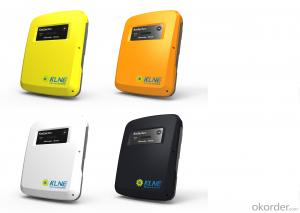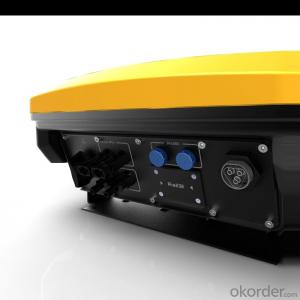Kodak Solar Off-Grid Inverter
Kodak Solar Off-Grid Inverter Related Searches
Led Light Bulbs For Ceiling Fixtures Led Lamps For Ceiling 42 In Ceiling Fan With Light Parts For Light Fixtures Light Projector For Christmas Grill With Led Light Bar Hanging Lights For Kitchen Bar Ceiling Lights For Sitting Room Ceiling Brackets For Lights Ceiling With Led LightsHot Searches
Aluminium Wire Mesh Manufacturers India Ceiling Fan Lowest Price Aluminium Scaffold Planks Sale Aluminium Walkway Mesh Prices Aluminum Bar Stock For Sale High Mast Light Price List Solar High Mast Light Specification High Mast Light Specification 6061 Aluminum Bar Stock Price Aluminum Bar Stock Price Stage Light Price Solar Inverter Fault Light Led Light Manufacturers Aluminum Round Bar Stock Sizes Aluminum Round Bar Stock Near Me Ceiling Fan Lowest Price Aluminum Flat Bar Stock Near Me Aluminum Bar Stock Sizes Aluminum Bar Stock Suppliers Aluminum Bar Stock Near MeKodak Solar Off-Grid Inverter Supplier & Manufacturer from China
Okorder.com is a professional Kodak Solar Off-Grid Inverter supplier & manufacturer, offers integrated one-stop services including real-time quoting and online cargo tracking. We are funded by CNBM Group, a Fortune 500 enterprise and the largest Kodak Solar Off-Grid Inverter firm in China.Hot Products
FAQ
- A solar inverter is designed to handle voltage and frequency variations caused by grid disturbances by regulating and stabilizing the incoming AC power from the grid. It constantly monitors the voltage and frequency levels of the grid and adjusts its internal components accordingly to ensure that the power being generated by the solar panels is synchronized with the grid. In cases of voltage or frequency deviations, the inverter employs advanced control algorithms to rectify the imbalances and maintain a steady flow of power to the grid. This helps to protect the electrical appliances and equipment connected to the grid from potential damage and ensures the stability and reliability of the overall power system.
- Yes, a solar inverter can be used in a ground-mounted solar tracking system. In fact, the solar inverter is an essential component of the system as it converts the DC electricity generated by the solar panels into AC electricity that can be used to power appliances and be fed into the grid. The solar inverter's functionality remains the same whether it is used in a ground-mounted solar tracking system or a fixed tilt system.
- A solar inverter typically communicates with other devices through wired or wireless connections. It can use protocols like Modbus, RS485, or Ethernet to establish communication with monitoring systems, smart meters, or other devices. This allows for data exchange, control signals, and monitoring capabilities, enabling efficient management and integration of the solar power system with other components of a renewable energy infrastructure.
- Yes, solar inverters can be used in regions with extreme weather conditions. However, it is important to choose an inverter that is specifically designed and rated for such conditions. Inverters with high-quality components and robust construction can withstand extreme temperatures, humidity, and other weather-related challenges. Additionally, proper installation and maintenance practices are crucial to ensure the longevity and optimal performance of the inverter in extreme weather conditions.
- A solar inverter interacts with a battery storage system by converting the direct current (DC) electricity generated by the solar panels into alternating current (AC) electricity that can be used to power homes and businesses. It also manages the flow of electricity between the solar panels, the battery storage system, and the electrical grid. When the solar panels produce more electricity than is being used, the excess energy is stored in the battery system for later use. Conversely, when the solar panels do not generate enough electricity to meet the demand, the inverter draws power from the battery storage system to supplement the shortfall. This interaction ensures a continuous and reliable power supply from solar energy, even during periods of low sunlight or high energy demands.
- Yes, a solar inverter can be used for both grid-tied and off-grid systems. However, it is important to note that there are different types of solar inverters designed specifically for each system. Grid-tied inverters are designed to convert DC power generated by solar panels into AC power and feed it into the grid, while off-grid inverters are designed to convert DC power into AC power for use in standalone systems not connected to the grid.
- Yes, a solar inverter can be used in conjunction with a backup generator. In a hybrid system, the solar inverter intelligently manages the power supply, utilizing solar energy when available and seamlessly switching to the backup generator during times of low solar production or high energy demand. This setup ensures continuous power supply even during cloudy days or power outages.
- The potential risks of fire or explosions from a faulty solar inverter include electrical malfunctions leading to overheating, short circuits, and voltage surges. These issues can cause fires or explosions if not addressed promptly, posing a threat to property and potentially endangering lives. It is crucial to regularly inspect and maintain solar inverters to mitigate these risks and ensure safe operation.












































